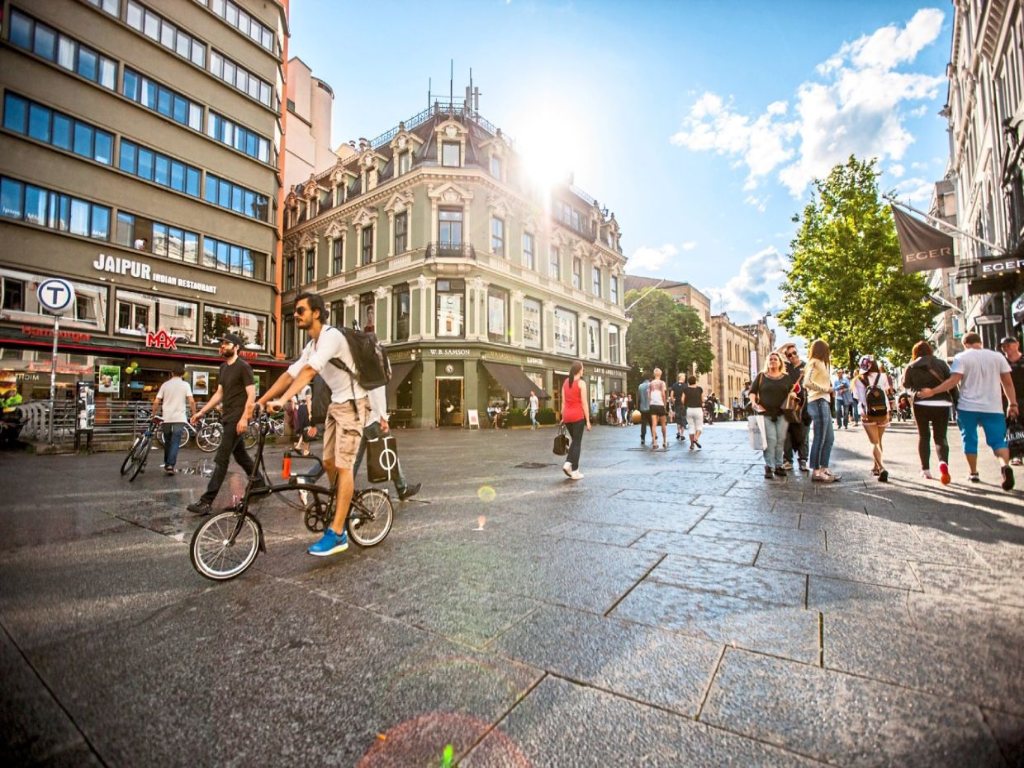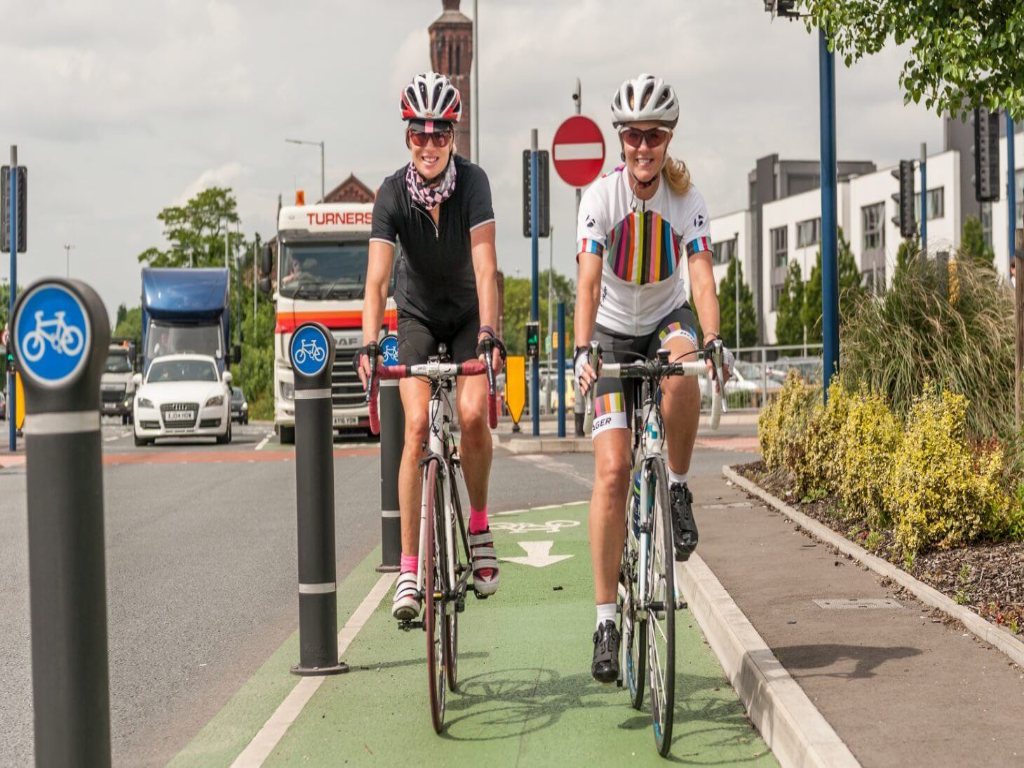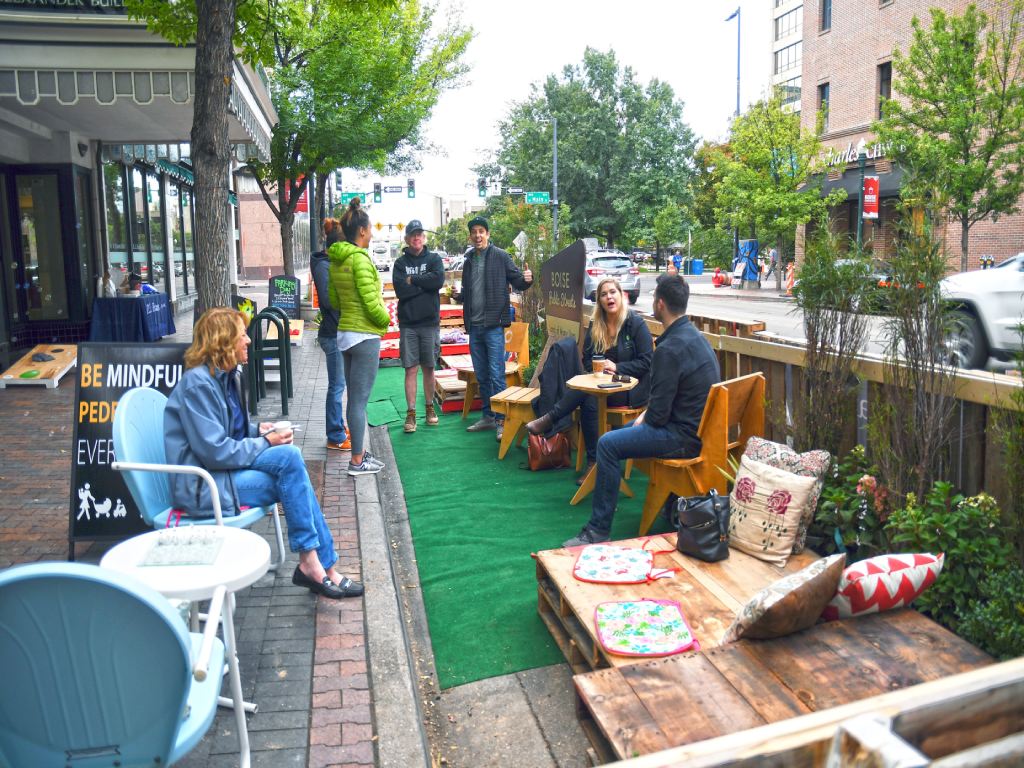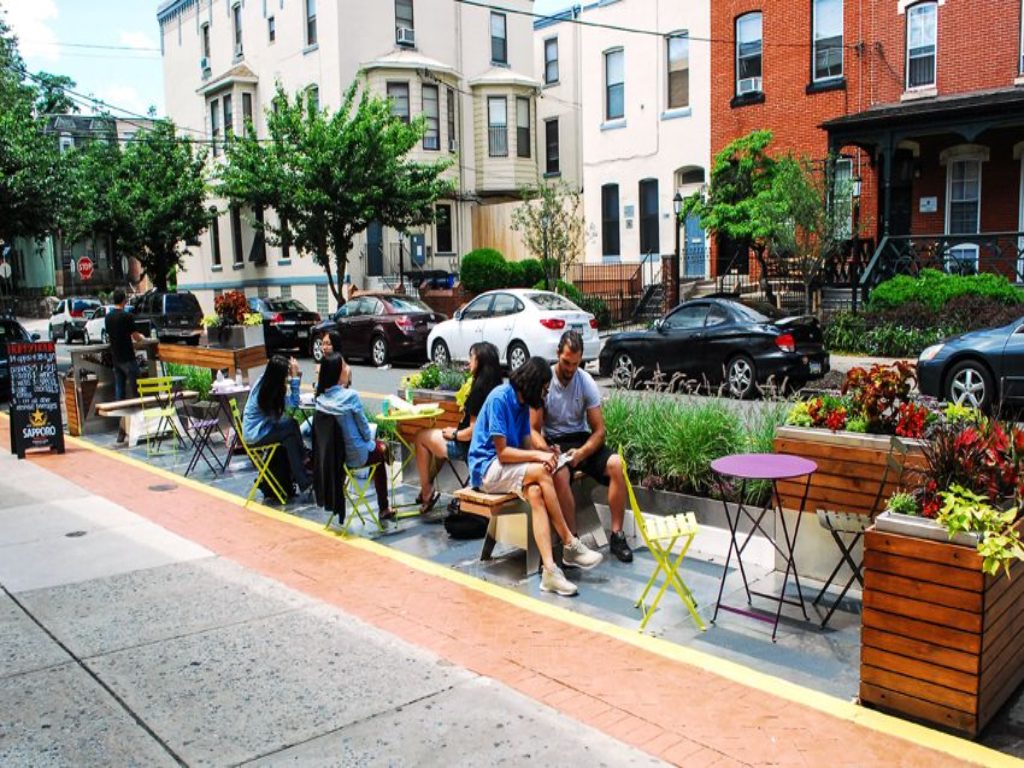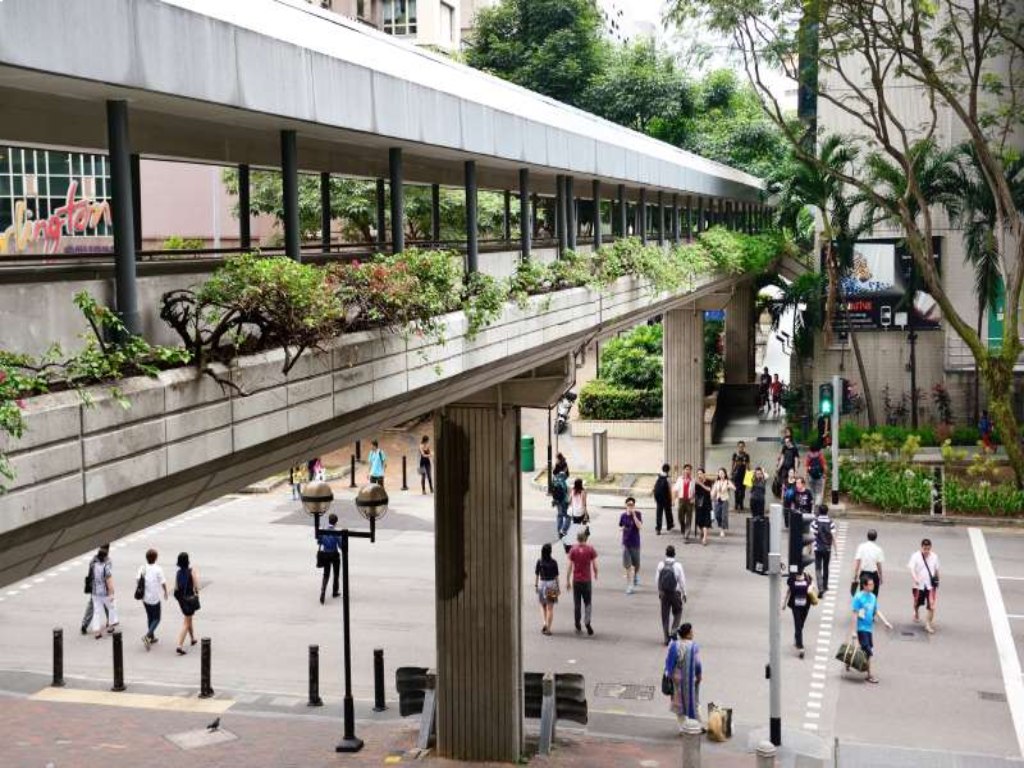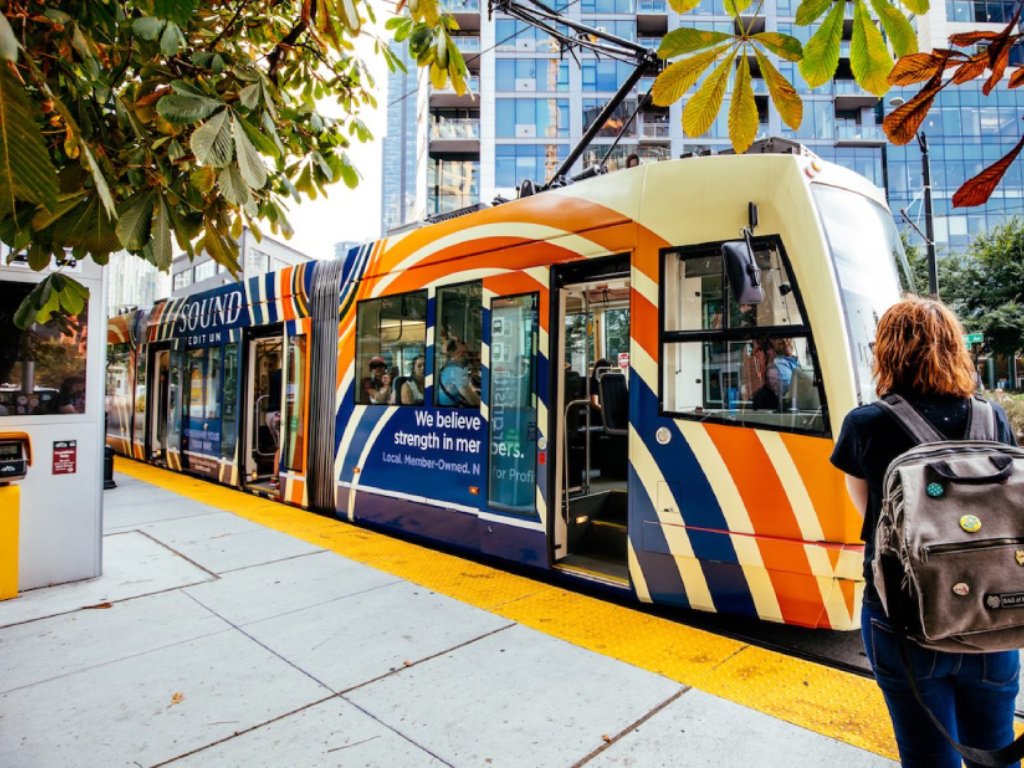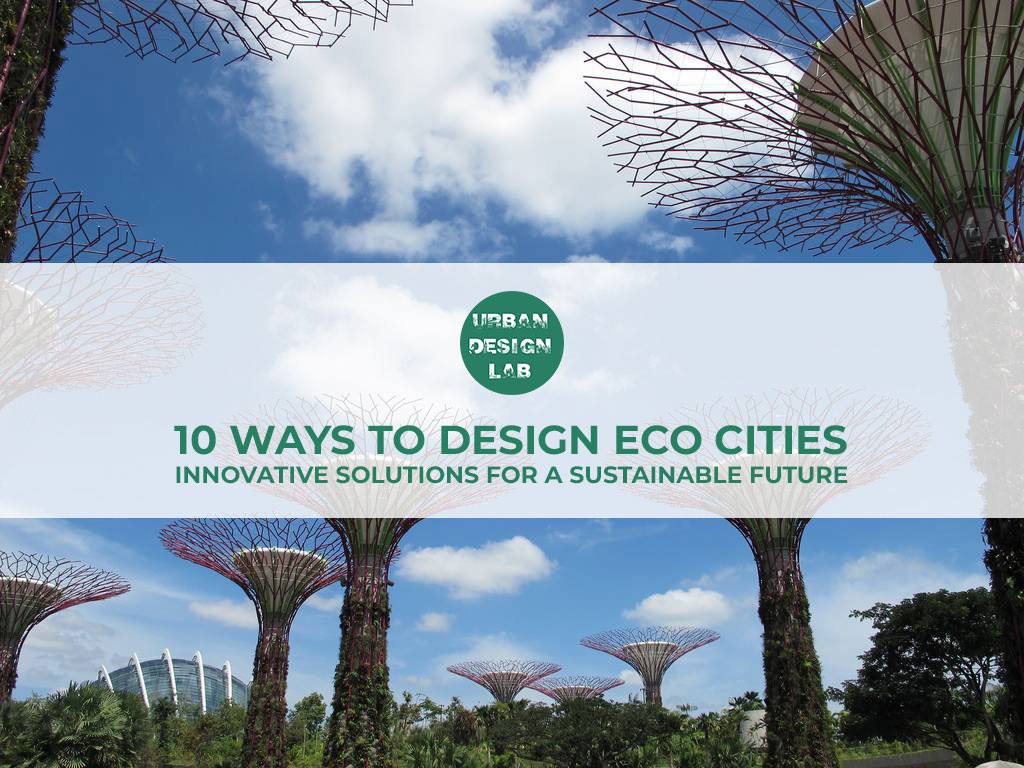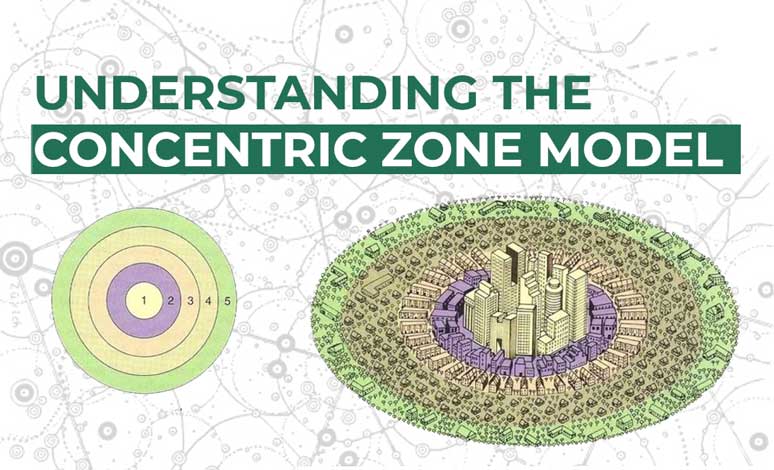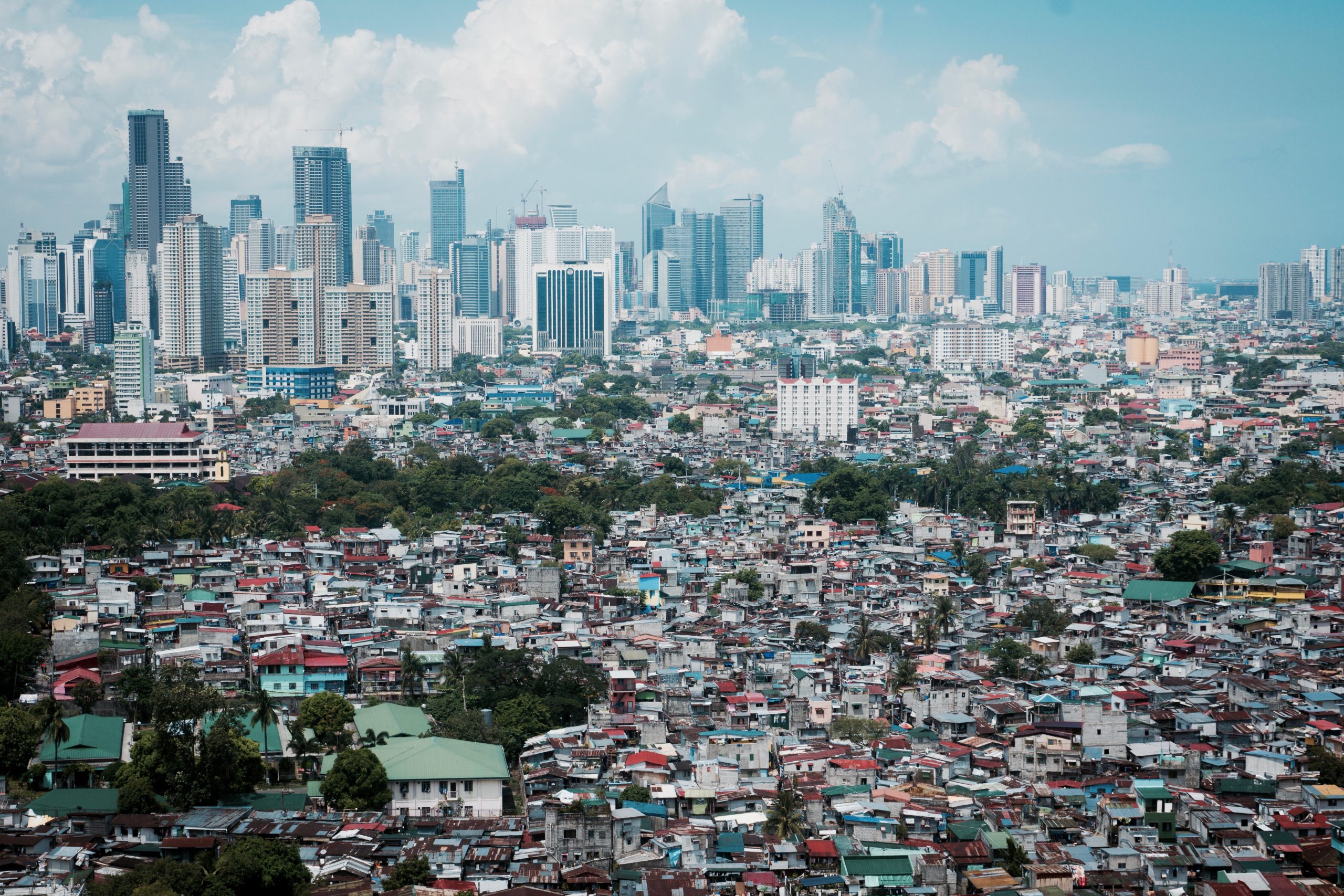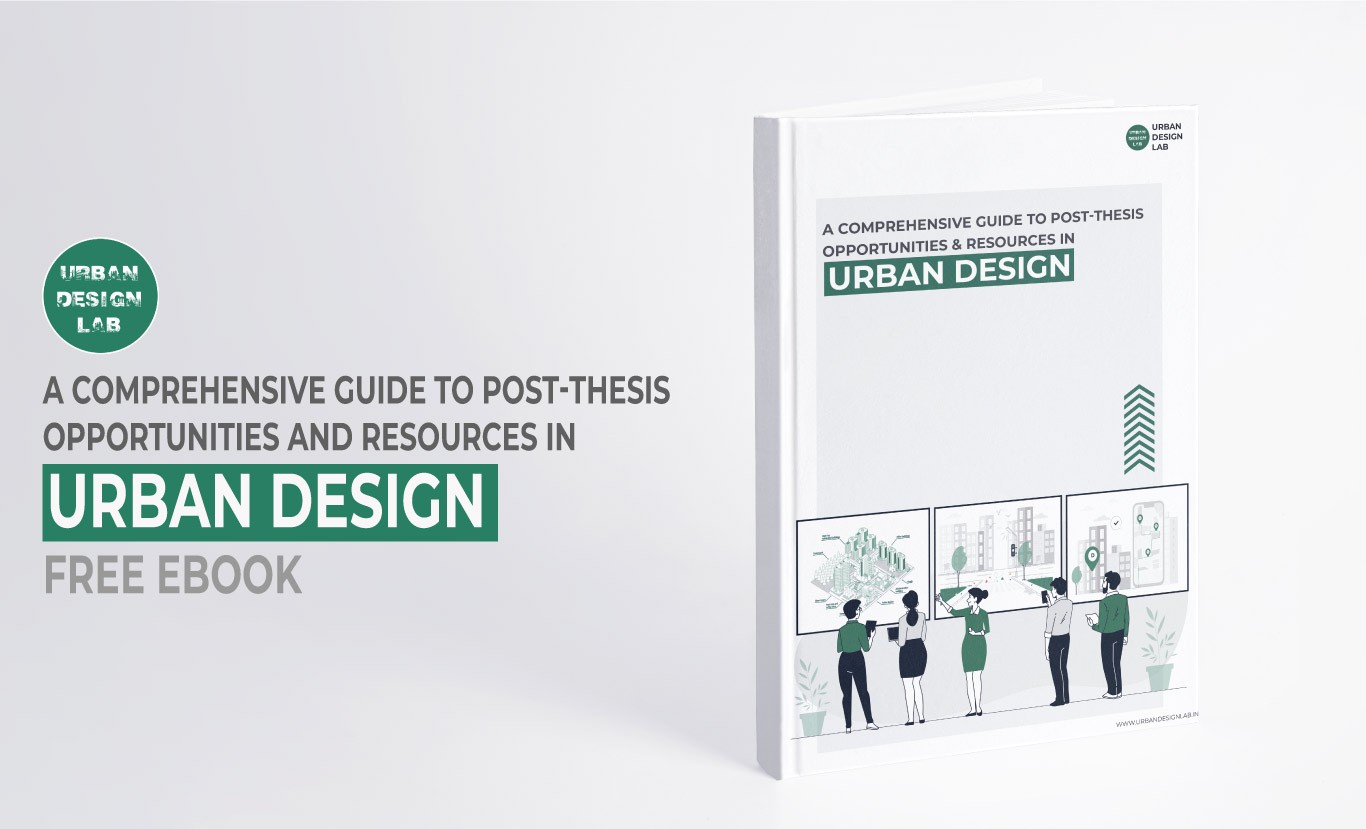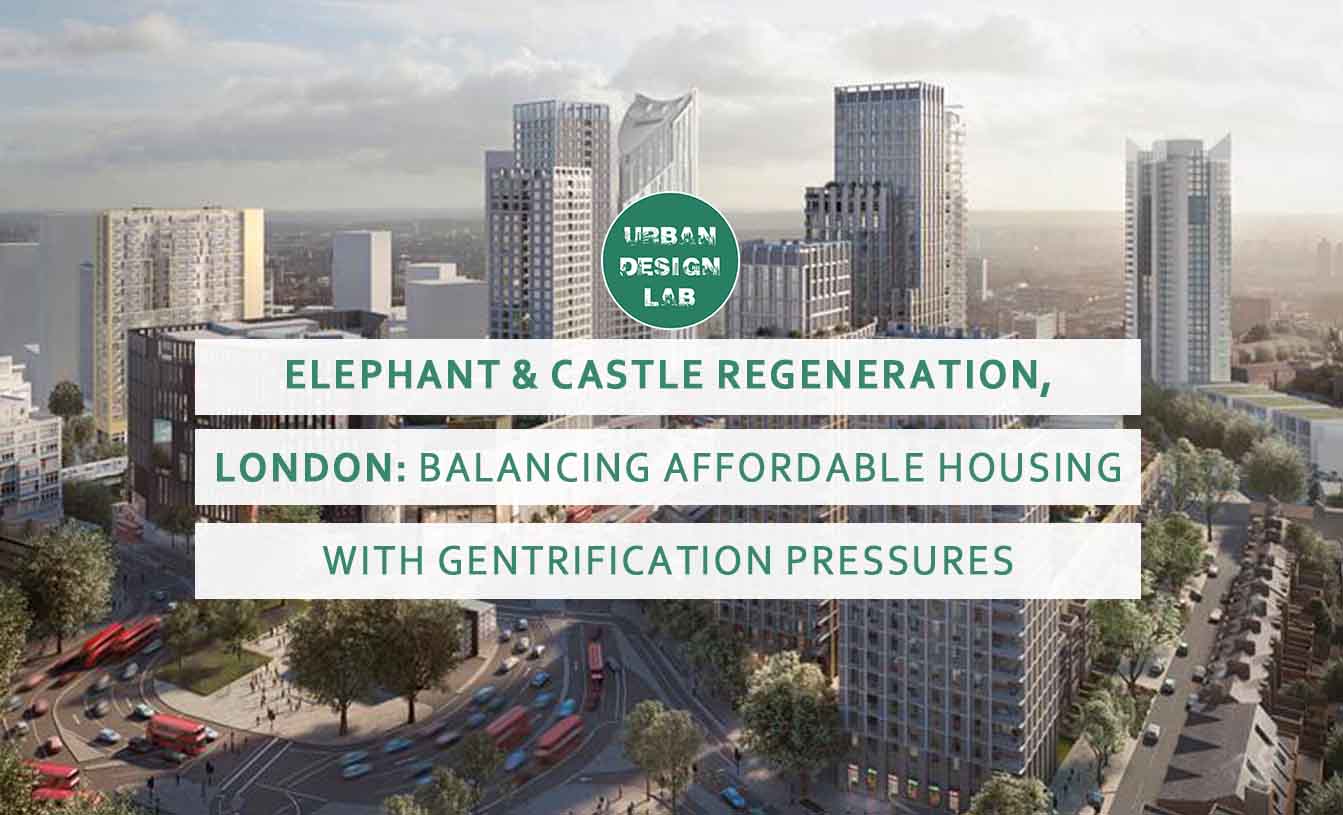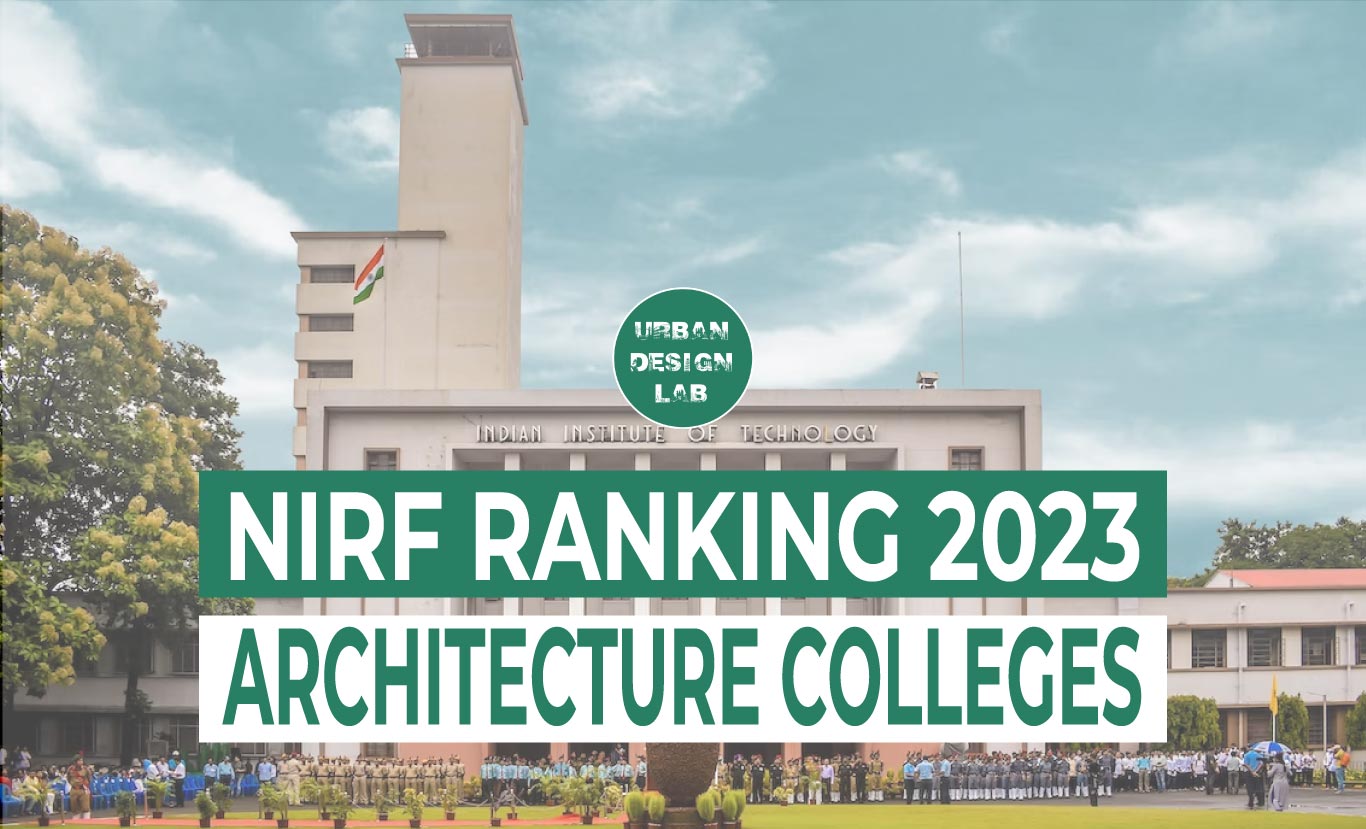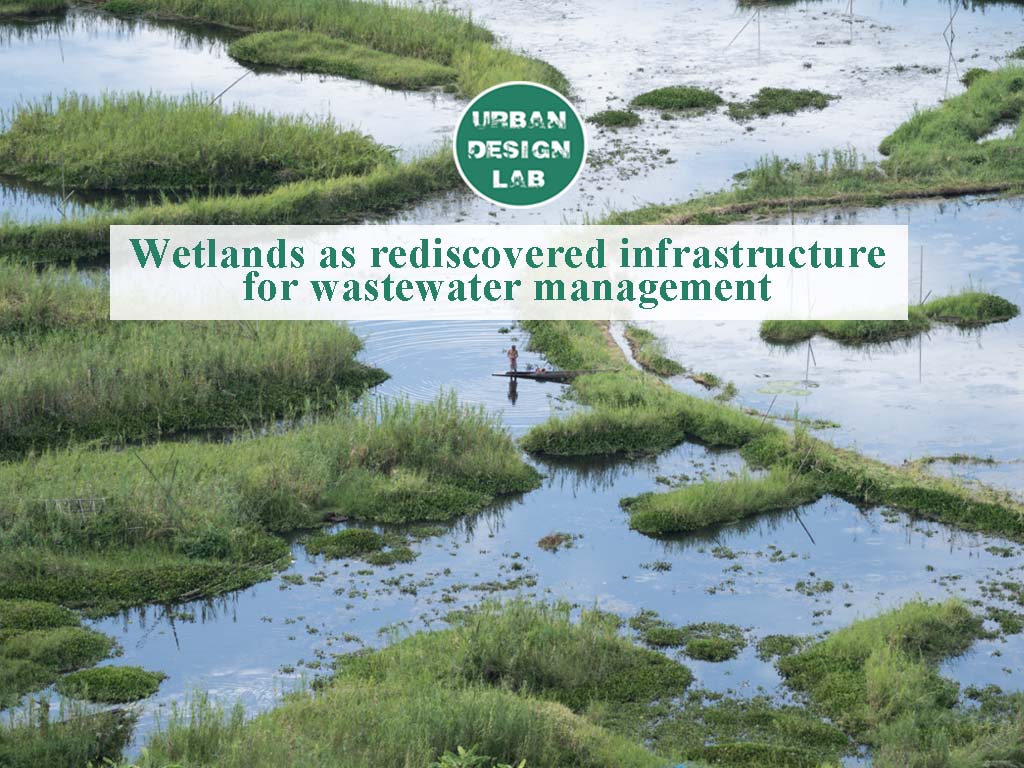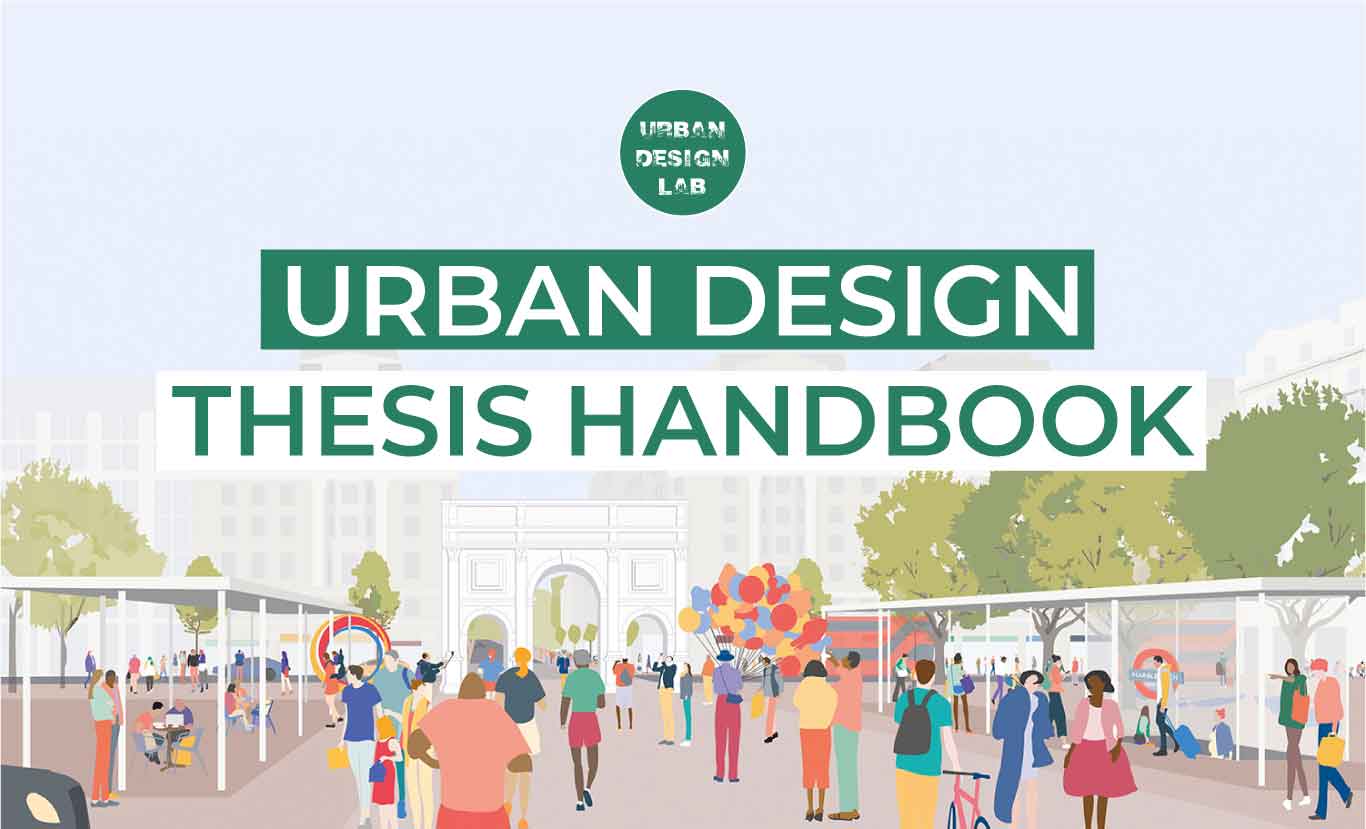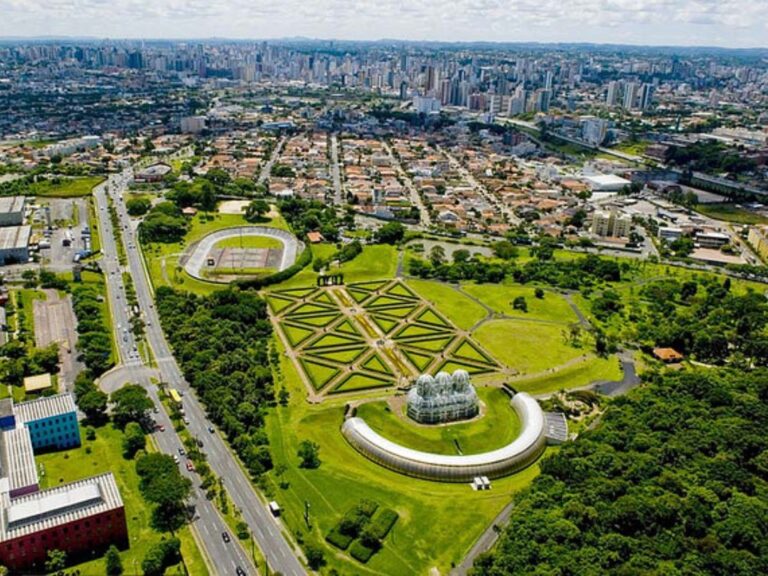
Defeating Automobile Dependency | Designing Cities for People
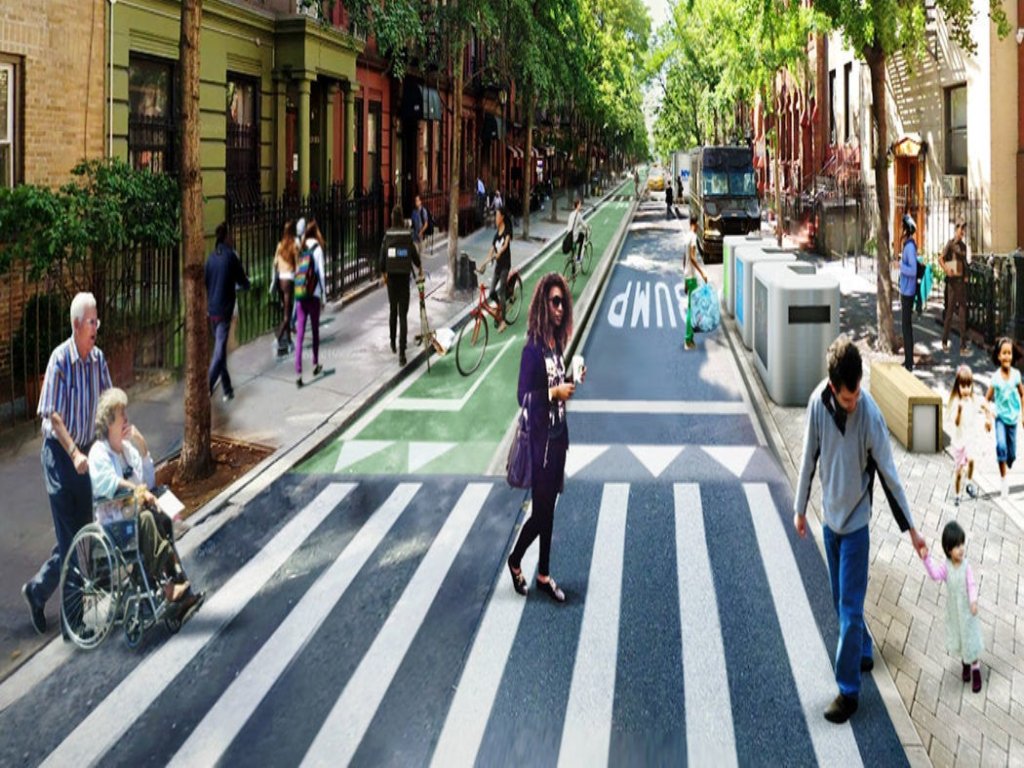
Introduction
Human’s resource-intensive lifestyle has significantly contributed to air pollution and climate change since the industrial revolution by heat-trapping gases and adding more carbon dioxide to the atmosphere (IPCC, 1996; 2001; 2007a). Human needs are imposing negative externalities on the environment. Emerging patterns of economic growth and structure of the economy are causing damaging their resource base. Activities such as vehicular use increase the concentration of air pollutants such as Greenhouse Gases and particulate matter (PM) in the atmosphere causing air pollution. This change in the ecological conditions caused by human actions in urban areas threatens the Earth’s ecosystem and human health and well-being (Alberti, 2005). This is altering the global climate giving rise to climate change. Since the beginning of the 20th century, there have been observed changes in surface temperature, rainfall, evaporation and other extreme events caused by climate change (Gupta et al., 2006). Studies prove environmental pollution is one of the major causes of this phenomenon. This problem is visible more in megacities of developing countries. Migration and industrialization have led to the rapid growth of the population, causing an increase in the demand for resources. Industrialization and increasing demand further cause air, water and vehicular pollution.
Ecosystem services provide conditions and processes that sustain human life (Bolund and Hunhammar, 1999). Climate is influenced by ecosystems which contribute to and extract chemicals from the atmosphere, affecting many aspects of the air quality. Sixty per cent of ecosystem services, including air quality, are being degraded and used unattainably (Sud and Aiyengar, 2016). This is mainly being caused due to economic growth, which leads to the development of urbanized societies and hence intensive use of vehicles (Rosenthal and Strange, 2004). Studies show that cities dependent on public transport and compact urban form have short travel distances. This utilizes fewer personal vehicle miles travelled and emits less air pollution, which provides good ecosystem services. According to Black, a sustainable and equitable transport system is a safe, reliable, and economical means for all the sections of the society (including the elderly, children and the physically challenged). It provides mobility-related services keeping in mind the reduction of carbon emissions at local and global levels (2010). A well-planned city is designed to prioritize its pedestrians (Johari, 2017).
This paper focuses on the importance of defeating car dependency and ways of achieving it.
Ways of Achieving Car-Free Accessibility
Motorized transport is one of the leading causes of environmental degradation in urban cities. Car dependency causes dependency on non-renewable sources of energy, causing the adverse effects of climate change, negative health issues and social inequalities. To create, achieve, and improve the liveability of cities, it is necessary to manage the growth of urban traffic. This also meets a city’s sustainable objective by scaling back the environmental and social costs associated with private cars. Urban traffic management enables citizens to carry out daily activities without relying on cars. It also means car-free accessibility through the inclusion of other travel options. Cities can reach car-free accessibility through enhanced public transport, safe cycle track inclusion, shared micro-mobility, walking, road and parking space reallocation, and apt urban planning transportation principles (International Transport Forum, 2021).
Also, extensive use of sustainable forms of transport and its higher priority will drive non-motorized transport modes and more efficient service of road space, improving the accessibility of specific locations and damage to the environment. Overall, this will improve road safety for pedestrians and non-motorists and make a street space more attractive.
1. Using Road Space Reallocation to Manage Traffic
The government must assess and review different transport modes and their percentage of allocation to road and parking. For example, in a city built around cars instead of people, cars take up a higher percentage of space than other modal shares. In such a case, spaces need to be reallocated to public transport, cycle tracks, and pedestrian areas. This will encourage personal motorised vehicle users to shift to other modes, achieving equity and efficiency objectives. In addition, it is necessary to expand cycle lanes to promote cycles, e-scooters, e-bikes and other micro vehicles, which are safer (International Transport Forum, 2021).
As explained in the previous paragraph, reallocation of road space takes backspace existing for cars and gives it back to the cyclists and pedestrians. Therefore, this strategy may be used to manage car use to reduce congestion and disappearing traffic.
2. Increasing trend of Car Free Walking Areas
Copenhagen, Denmark and Freiburg, Germany, are the first cities to regenerate car-free and adopt policies for the same. Both the two cities adopted the policy of shutting down the city centres for cars which have been proven to be effective, radical and intervention. The policy initially faced resistance. However, after a well-incorporated design for movement and policies result has been verified to be popular. The positive effect showcases improved liveability and air quality of the region. Experts highlight that walking and cycling also improve retail sales as people who walk often visit shops more than people in cars. An example can be visible in Madero Street in Mexico City, where pedestrianisation resulted in a 30 per cent increase in commercial activity and a 96 per cent reduction in reported crimes (International Transport Forum, 2021).
However, to avoid difficulty accessing city centres by people living far away due to pedestrianisation, it is essential to give this sufficient consideration to not exacerbate any existing inequalities through the detailed study of the adverse effects of the detouring traffic. This may be managed using trail projects for measurement and monitoring reasons, which may showcase the transformative impact of pedestrianisation in a specific area (International Transport Forum, 2021).
3. Reviewing Requirements for Car Parking Space
The required number of parking spaces can be determined by making an inventory of the existing on and off-street parking. Unfortunately, many cities lack this information. That is why many planners have been planning dedicated parking spaces as part of new construction without prior nearby parking information or detailed evaluation of the same, resulting in an oversupply of on the street and off-street parking. This, in return, produces underused parking areas, which increases the number of cars in the long run. Therefore, without information on available parking, decisions on future planning should not be taken (International Transport Forum, 2021).
4. Abolishing minimum parking requirements (MPRs)
Cities use the minimum parking requirements in building codes to mandate the development of parking spaces without proper study of location features. This, at times, results in abundant availability of car parking, which induces car ownership and car use. Additionally, MPRs increase the overall development cost and contribute to urban sprawls due as the focus becomes developing for cars instead of for the city and its people (International Transport Forum, 2021).
Therefore, MPRs favour private motorised vehicles over sustainable modes of transport, proving that MPRs are an outdated vision. Hence for a sustainable transport structure, it is necessary to eliminate the MPRs, which will lead to improved accessibility and sustainability. Even though, in the short term, it may face criticism but in the long run, it will reduce cars, improve liveability, sustainability, healthier lifestyle and allow developers to plan parking spaces established on user demand. So instead, the focus should be on developing a higher public transport first and last-mile connectivity, promoting car-free development (International Transport Forum, 2021).
5. Fiscal instruments for efficient use of scarce road space and urban land
The main reason for failure in transport policy is the under-pricing of the use of urban space and the external costs of car use. As a result, the demand for cars greatly exceeds the optimum as drivers in urban areas only pay a fraction of the costs associated with car traffic. One of the ways to eliminate this is through the inclusion of road pricing. Cities that have included this have achieved in reducing their total vehicular pollution and congestion on roads. Congestion pricing and road tax are a few of the ways of achieving this. However, this has been seen to attract criticism initially, as some users see it as unfair. Nevertheless, this may be overcome through effective communication strategies and alternatively strengthening first and last-mile connectivity (International Transport Forum, 2021).
An example of this can be seen in Singapore. The traffic congestion is managed in the country by limiting car ownership through permits to own cars. These cars are auctioned periodically, by pricing road use and public transport is strengthened. As a result, the public transport in Singapore is affordable, extensive and efficient, making the highest share of passenger traffic buses in the country. Approval of all new development in the country is only if the accessibility and extensions to the public transport are satisfactory. Singapore also uses automatic cordon pricing in the central part of the city, where cars are automatically charged as they enter the city centre (International Transport Forum, 2021).
6. Providing Quality Alternatives to Car Use
It is clear that pricing parking and road use will enable in achieving the efficiency of road congestion. However, it is also necessary to provide alternatives to car use to permanently run the whole system consistently, not just for a short period. For example, revenues from the congestion charge in London are used for improving and upgrading public transport, including reallocation of road space (through the provision of dedicated lanes for buses). Stockholm initially expanded the public transport structure and integration before introducing the congestion tax. Similarly, Norway adopted zero growth abjective through the reallocation of road space, allocating road space to sustainable modes such as adding dedicated bus and cycle lanes and increasing investments in public transport. Oslo upgraded its existing rail and tram networks and included additional bus lanes. As a result, the number of boardings in the capital region increased along with an increase of 5.9% in public transport services (measured in vehicle kilometres) (International Transport Forum, 2021).
7. Densification transit-oriented and transit integrated development
To increase accessibilty, it is necessary to coordinate land use and transport planning. Policymakers use a number of indicators such as Public Transport Accessibility Level (PTAL) for this integration. Accessibility in an urban area can also be achieved through mixed land use and denser development. Coordinated land use and transport planning to densify a city is also a way to eliminate urban sprawl. Also, expanding public transportation to every corner of the city to improve first and last-mile connectivity aids in moving closer to national goals around the world of reducing car growth. Evidence proves high density, mixed-use, workplaces, dwellings generate less traffic per habitat and employees if located in proximity to transport nodes than those located outside the transport nodes.
Evidence also shows that existing high density and mixed land use may still have high car dependency if the quality of alternatives and growth management strategy is low. To avoid this, a high amount of importance and priority should be given to expansion and investment to increase quality and upgrade public transport. There should be an existing transport node within every 400m radius which is seen as easy walking proximity (ten minutes) to public transportation. For example, in China, the government planned metro alignments and station placement in non- or less populated places. This, in return attracts rapid development around the catchment of station areas, resulting in new metro towns (International Transport Forum, 2021).
References
Alberti, M. (2005). The Effects of Urban Patterns on Ecosystem Function. International Regional Science Review, 28(2), 168-192. doi: 10.1177/0160017605275160
Black W. R. (2010), Sustainable Transportation: Problems and Solutions, the Guilford Press, New York.
Bolund, P. and Hunhammar, S. (1999). Ecosystem services in urban areas. Ecological Economics, 29(2), pp.293-301.
Gupta, A., Mall, R., S Singh, R. and Rathore, L. (2006). Water resources and climate change: An Indian perspective. [online] Available at: https://www.researchgate.net/publication/235916232_Water_resources_and_climate_change_An_Indian_perspective [Accessed 03.05. 2022].
International Transport Forum. (2021). Reversing Car Dependency: Summary and Conclusions. 181. [online] Paris: ITF Roundtable Reports, pp.4-43. Available at: <https://www.itf-oecd.org/sites/default/files/docs/reversing-car-dependency.pdf> [Accessed 3 May 2022].
IPCC. (1996). Climate Change 1995 — Impacts, Adaptions and Mitigation of Climate Change: Scientific‐Technical Analyses. Cambridge University Press, Cambridge, UK.
IPCC. (2001). Climate Change 2001: The Scientific Basis. Contribution of Working Group I to the Third Assessment Report. Cambridge University Press, Cambridge, UK.
IPCC. (2007a). Climate Change 2007: The Physical Science Basis. Contribution of Working Group I to the Forth Assessment Report. [Accessed at www.ipcc.ch on 03.05. 2022].
Johari, A. (2017). Delhi has plans to make Connaught Place a car-free zone. Why can’t other cities follow its example? [online] Scroll.in. Available at: https://scroll.in/article/826618/delhi-has-plans-to-make-connaughtplace-a-car-free-zone-what-about-other-cities [Accessed 3rd. May. 2022].
Rosenthal, S. S. and W. Strange (2004). “Evidence on the Nature and Sources of Agglomeration Economies,” in V. Henderson and J-F. Thisse (eds.), Handbook of Regional and Urban Economics, Vol. 4. Amsterdam: North-Holland, pp. 2119–2171.
Sud, S. and Aiyengar, S. (2016). A Conceptual Review of the Odd-Even Policy on Delhi’s Urban Environment. Artha – Journal of Social Sciences, 15(4), p.87.
An Urbanist, Researcher and Architect, She wants to use her expertise to make changes to urban communities and mitigate climate change through sustainable urban planning, research and innovative solutions.
Related articles


Creation of Dead Edges and its Reversing Strategies

Philosophy and Sustainable Urbanism
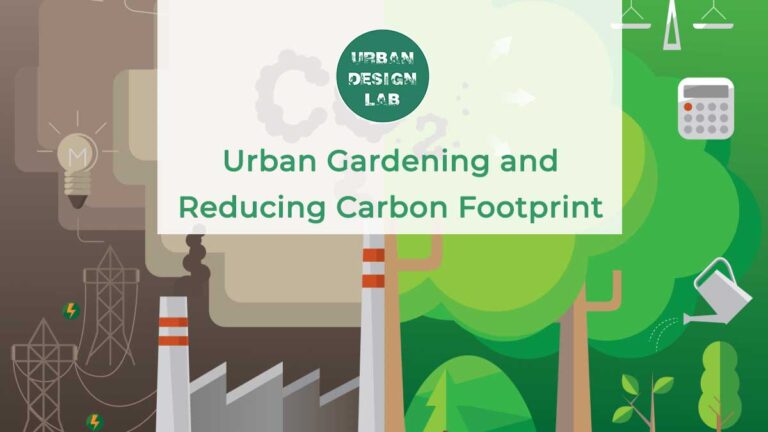
Urban Gardening and Reducing Carbon Footprint
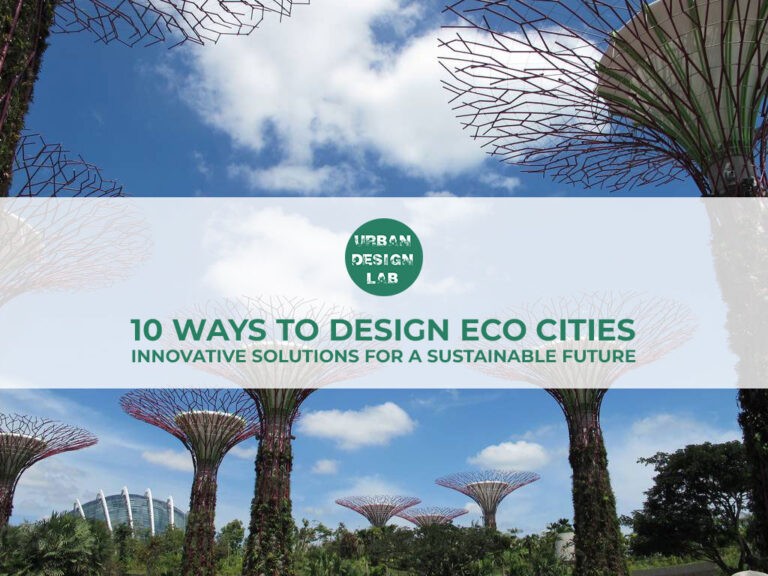
5-Days UDL GIS
Masterclass
GIS Made Easy – Learn to Map, Analyse, and Transform Urban Futures
Session Dates
14th-18th July 2025

Free E-Book
From thesis to Portfolio
A Guide to Convert Academic Work into a Professional Portfolio”
Recent Posts
- Article Posted:
- Article Posted:
- Article Posted:
- Article Posted:
- Article Posted:
- Article Posted:
- Article Posted:
- Article Posted:
- Article Posted:
- Article Posted:
- Article Posted:
Sign up for our Newsletter
“Let’s explore the new avenues of Urban environment together “


